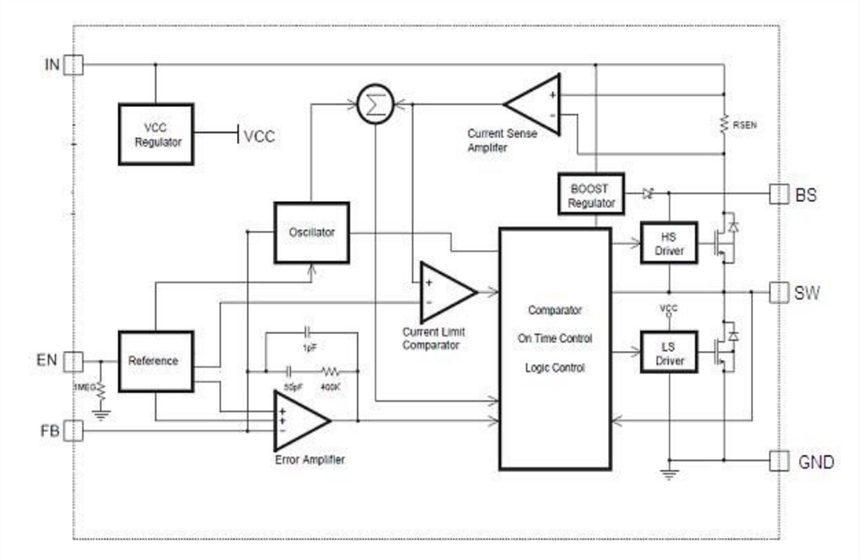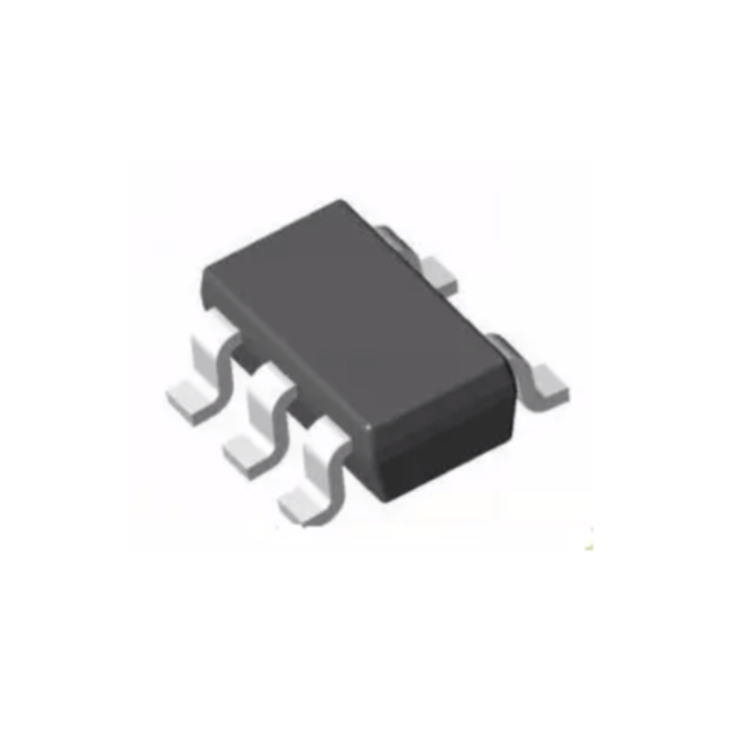600KHz, 18V,2A Synchronous Step-Down Converter FEATURES
High Efficiency: Up to 98%
600KHz Frequency Operation
2A Output Current
No Schottky Diode Required
4.0V to 18V Input Voltage Range
0.6V Reference
Slope Compensated Current Mode Control for Excellent Line and Load Transient Response
Integrated internal compensation
Stable with Low ESR Ceramic Output Capacitors Over Current Protection with Hiccup-Mode
Thermal Shutdown
Inrush Current Limit and Soft Start
Available in SOT23-6 Package -40°C to +85°C Temperature Range
APPLICATIONS
Distributed Power Systems
Digital Set Top Boxes
Flat Panel Television and Monitors
Wireless and DSL Modems
Notebook Computer
GENERAL DESCRIPTION
The AP9166 is a fully integrated, high efficiency 2A synchronous rectified stepdown converter. The AP9166 operates at high efficiency over a wide output current load range. This device offers two operation modes, PWM control and PFM Mode switching control, which allows a high efficiency over the wider range of the load. The AP9166 requires a minimum number of readily available standard external components and is available in a 6-pin SOT23-6 compliant package.


Internal Regulator
The AP9166 is a current mode step down DC/DC converter that provides excellent transient response with no extra external compensation components. This device contains an internal, low resistance, high voltage power MOSFET, and operates at a high 600K operating frequency to ensure a compact, high efficiency design with excellent AC and DC performance.
Error Amplifier
The error amplifier compares the FB pin voltage with the internal FB reference (VFB) and outputs a current proportional to the difference between the two. This output current is then used to charge or discharge the internal compensation network to form the COMP voltage, which is used to control the power MOSFET current. The optimized internal compensation network minimizes the external component counts and simplifies the control loop design.
Internal Soft-Start
The soft-start is implemented to prevent the converter output voltage from overshooting during startup. When the chip starts, the internal circuitry generates a soft-start voltage (SS) ramping up from 0V to 0.81V. When it is lower than the internal reference (REF), SS overrides REF so the error amplifier uses SS as the reference. When SS is higher than REF, REF regains control. The SS time is internally fixed to 1.5 ms.


